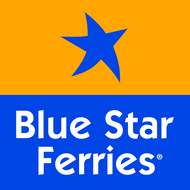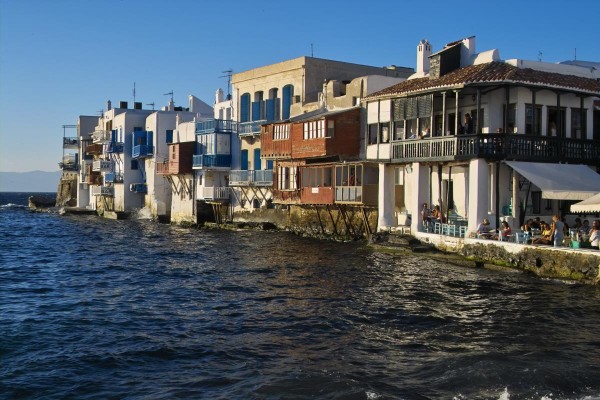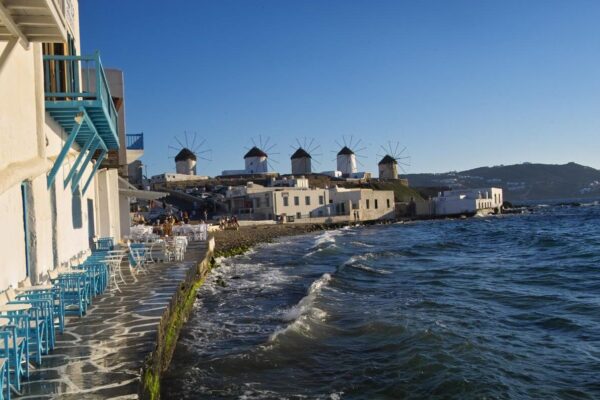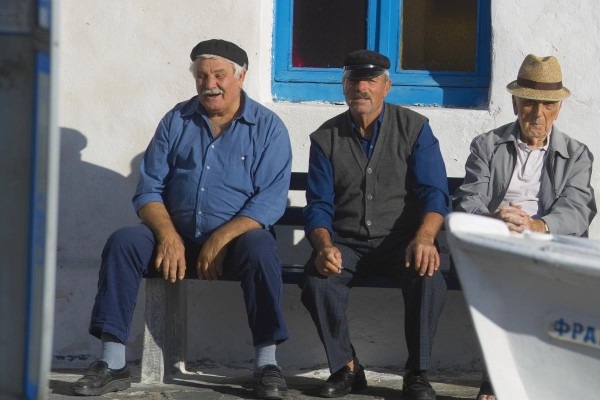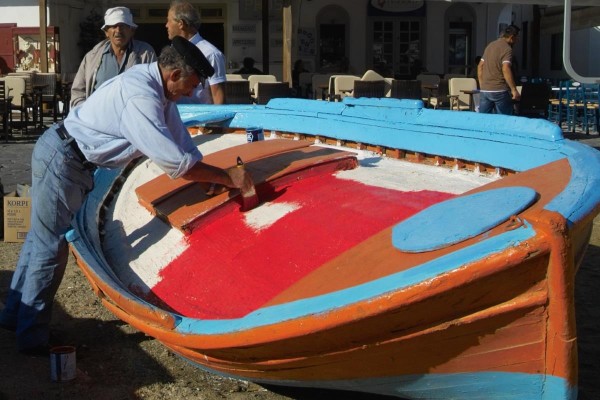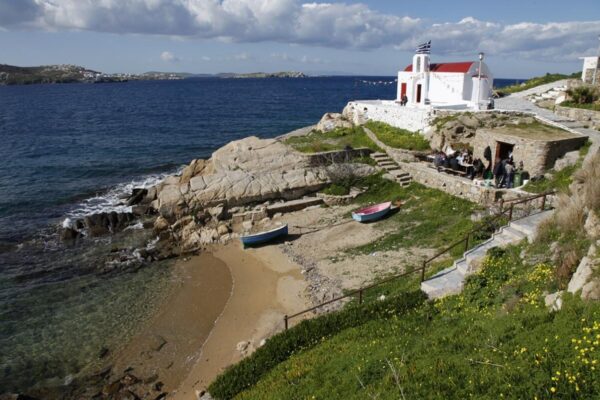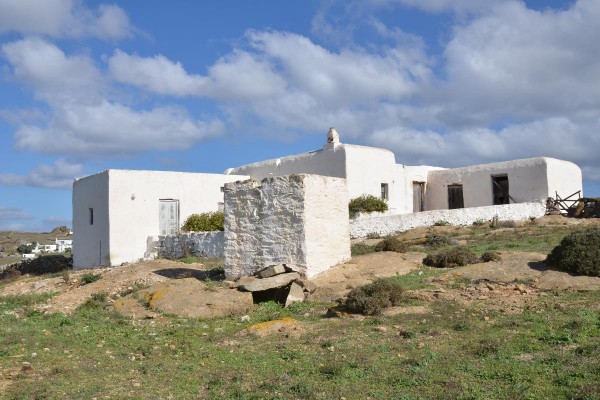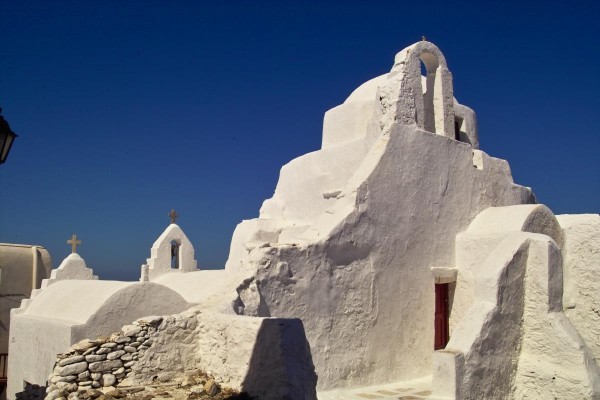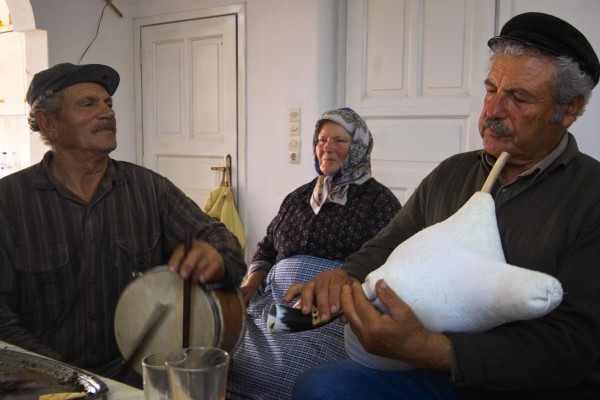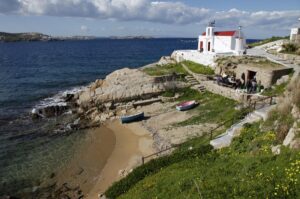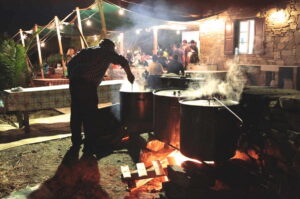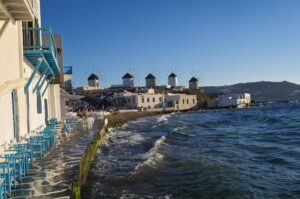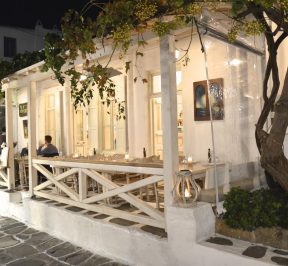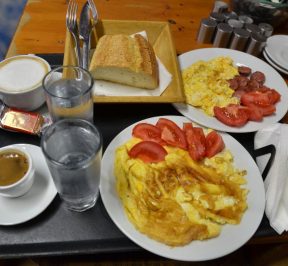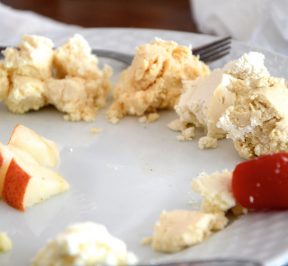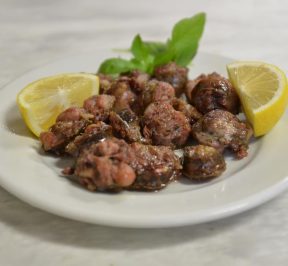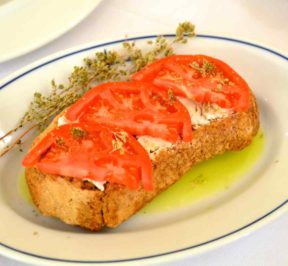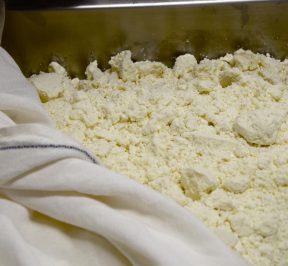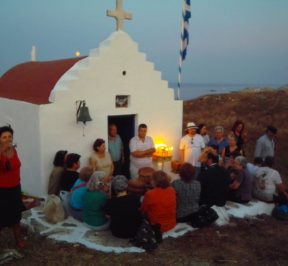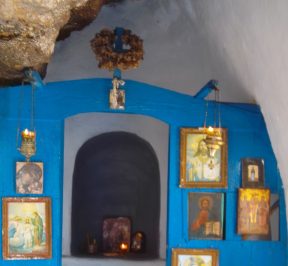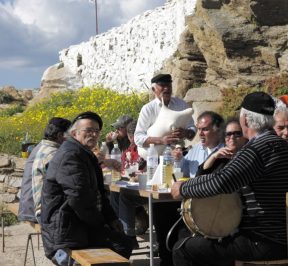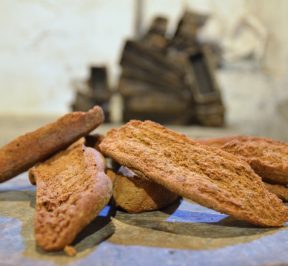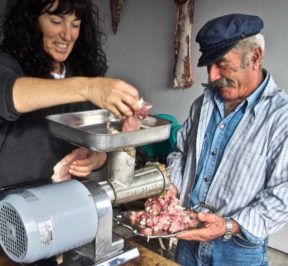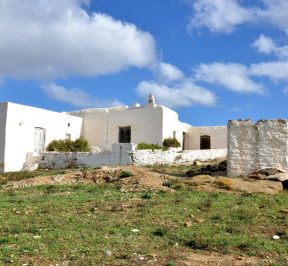Place - History of Mykonos
"What the weather does not do is man" said the Mykonian writer prophetically from 1965 in her writings Melpo Axioti, and below: "The soul of the island goes and pierces an increasingly compressed space…".
It was the time when the few travelers - the passers-by or those who became permanent by passers-by, such as Yehudi Menuhin - were in the mood to socialize with the locals to get to know the place and its people.
How many and how many visitors to Mykonos they did not go crazy with the island then. And among them not random people. Great visitors, such as Kazantzakis, Seferis, Eggonopoulos, Tsarouchis, Elytis, Konstantinidis, Vassiliadis and, from foreigners, Camus, Bart, Darrell, Le Corbusier and many others are fascinated by Mykonos and write enthusiastic impressions, long before the late 1950s.
And the architect Aris Konstantinidis describes it:
"Because the good truth is that on this island, Mykonos, whether it is a house or a church and a chapel or windmills and doves or fences and terraces and paved courtyards and small or larger alleys, everywhere and always highlights the bright and vibrant quality and well-designed shape, as a high reason. That is, when every building, every architecture is like a thought, like a deep reflection, like a poetic act ".
Η Mykonos with an area of 86 sq.km. it does not have much to boast about its history, like its neighboring islands Paros and Naxos, who had such prosperous civilizations from antiquity to Venetian rule. The few archeological sites on the island - as opposed to within walking distance Delo - but also the lack of Venetian castles confirm the fact. During the Turkish occupation, Mykonos was formed as a naval island when the Aegean was full pirates and pirates, which were a fear of the surrounding islands and the merchant ships passing through the Aegean. And it was the "dalaveri" with the pirates that created a development on the island, when the people of Mykonos developed cooperation with them and began to trade their loot, creating the basis for a local fleet that, during the Greek Revolution, fought against the war. fleet of the Ottoman Empire.
And at some point Mykonos knows him Tourism, when the first visitors passing to go to Delos, discover the island.
Why, if the first phase of the tourist development (1930-1970) of Mykonos was based on the truth of the authentic Cycladic landscape (in the place, in the environment, in the architecture) and on the character of the inhabitants (hospitable, tolerant, friendly, open) - which constituted the identity of the island -, the second phase (1980-present) was based on the modern tale of lifestyle. Mykonos became the place where life was shaped exclusively by enjoyment, bliss, luxury and show.
And yet, there are still some parts of Mykonos on the cosmopolitan island that retain their authenticity. Thus, those who brag can unravel the soul of the island by drinking their coffee at Bakoya Café, between the farmers who sell the vegetables from their garden and the fishermen who chant their treatise on the marble bench of Gialos with the characteristic locality. Or entering the wood oven of Gioras, where they musk the delicious loaves or traveling the Mykonian countryside - the one quite burdened by the impudent villas that stand - to get to know the beautiful "apart" (in Mykonos "village" they call the farmhouse) and the chapels, or even go to watch the pig carcasses and lots feasts. But above all, when they get to know the people of Mykonos better, who despite everything that has happened on the island, still maintain their humanity and their love for their place and the longing for life.


